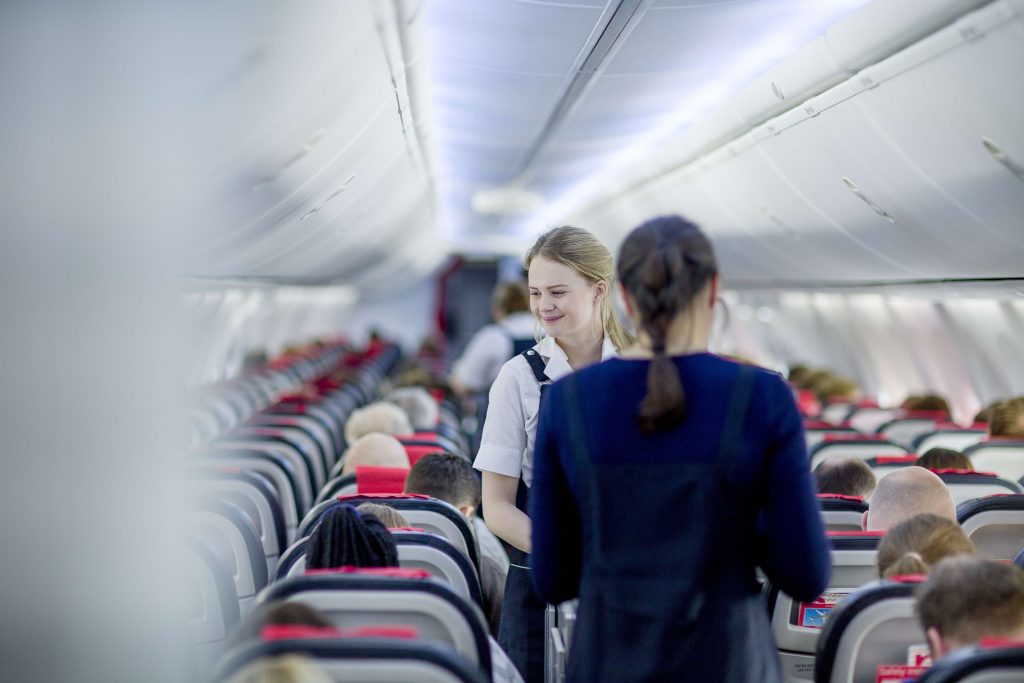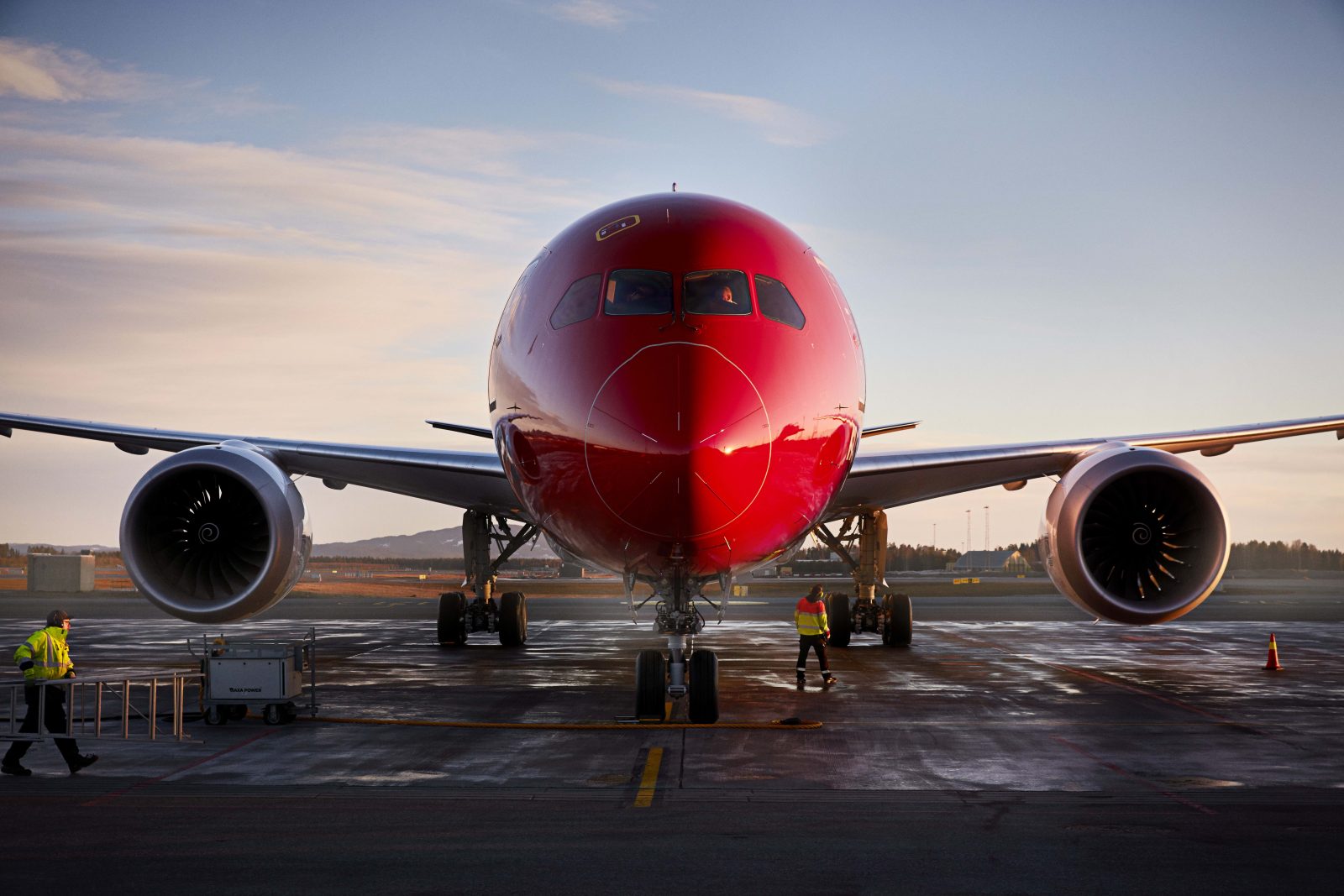The low-cost airline Norwegian Air Shuttle has filed a lawsuit against aircraft manufacturer Boeing, accusing the company of gross negligence, fraud and breach of contract in relation to its troubled 737MAX aircraft and the 787 Dreamliner. The suit was filed in the Circuit Court of Cook County, Illinois where Boeing is headquartered on Monday.
The colourfully written lawsuit alleges Boeing engaged “in a pattern of intentional misrepresentation and omission, gross negligence, and shoddy manufacturing, producing aircraft with substantially impaired value and utility”.

Lawyers acting on behalf of Norwegian want Boeing to take its “defective planes” back and offer the airline compensation for the “enormous economic” damages its actions have caused. Norwegian reported a loss of $159 million in 2019, which it blamed on the Boeing 737MAX.
The suit claims Norwegian was “induced” to spend billions of dollars on an order for 111 Boeing 737MAX jets after being promised a significantly more fuel-efficient plane which wouldn’t require additional pilot training and that would cost less to operate than a rival model made by European manufacturer Airbus.
Instead, Norwegian accuses Boeing of feeding it a “pack of lies” and a “bogus story” of a safe, state-of-the-art plane “that Boeing knew it was not actually building”.
“Boeing applied relentless pressure on its engineers from the outset of the program to prioritize speed over quality, deliberately ‘Jedi mind tricked’ the FAA into approving the plane’s design in the words of its own employees, and systematically cut corners along the way in a highly flawed design process that produced a highly flawed airplane,” the lawsuit alleges.
The 737MAX was built on the design of the popular 737NG but was fitted with much larger engines to make it more fuel-efficient. The larger engines had to be fitted in front of the wings which in turn altered the MAX’s center of gravity. To counter this problem, engineers developed the controversial MCAS system that forced the nose down.
A flaw in the design of the MCAS system is believed to be responsible for the fatal crashes of a Lion Air 737MAX and an Ethiopian Airlines 737MAX in less than six months of one another. All 737MAX aircraft were grounded in March 2019 and may not be certified to fly again until sometime later this year.

As a result, Norwegian says it “has had to leave $1 billion worth of aircraft sitting on the tarmac and in storage”.
Similar accusations of lies and defective manufacturing have been made against Boeing in relation to its 787 Dreamliner.
“Norwegian paid top dollar for a fleet of 787’s, but they have been an operational disaster and have failed to bring any of the cost benefits or competitive advantages that Boeing promised,” the lawsuit continues.
The airline says its Dreamlimners have suffered “extraordinary defects” and “are a product of shoddy manufacturing”. The issues, most notable of which are problems with the Rolls-Royce manufactured Trent engines have forced Norwegian to repeatedly ground its fleet of 787’s for heavy maintenance, sometimes for months at a time.
Norwegian is not only hoping to win compensation from Boeing but is also demanding the right to terminate its purchase agreements for 737MAX and 787 Dreamliner aircraft. The airline will also seek to cancel a ‘GoldCare’ maintenance contract – the largest ever such contract signed between an airline and Boeing.
It’s incredibly unusual for an airline to so publicly criticise an aircraft manufacturer, although the Corona crisis has reportedly led to increasing tension between airlines and the likes of Boeing and Airbus, especially over which side should foot the bill over unwanted and unneeded aircraft.
Related
Norwegian Cancels Boeing Jet Order Worth $2.57 Billion, Sues the Aircraft ManufacturerIn "Airline News"
Low-Cost Airline Norwegian Records Higher Losses in 2019 as it Strives to Return to Profitability, Blames Boeing 737MAX IssuesIn "Airline News"
Norwegian is Being Forced to Use Wetlease Operators on Popular Routes Including Orlando, Miami and ChicagoIn "Airline News"
Mateusz Maszczynski honed his skills as an international flight attendant at the most prominent airline in the Middle East and has been flying ever since... most recently for a well known European airline. Matt is passionate about the aviation industry and has become an expert in passenger experience and human-centric stories. Always keeping an ear close to the ground, Matt's industry insights, analysis and news coverage is frequently relied upon by some of the biggest names in journalism.








